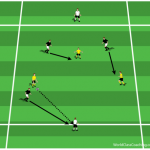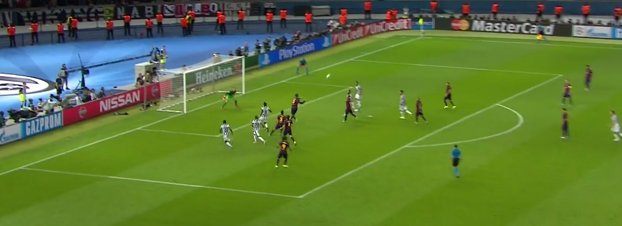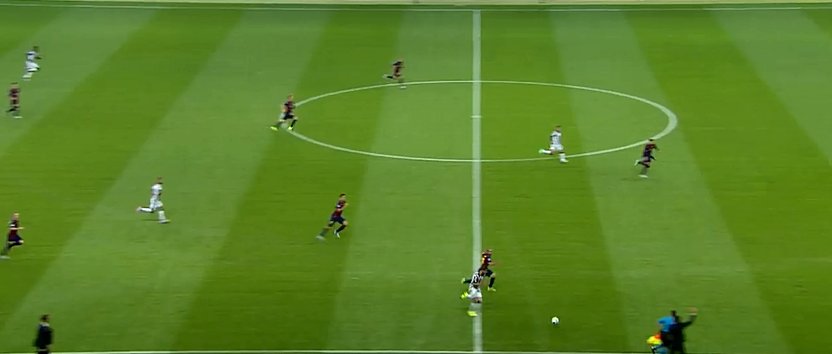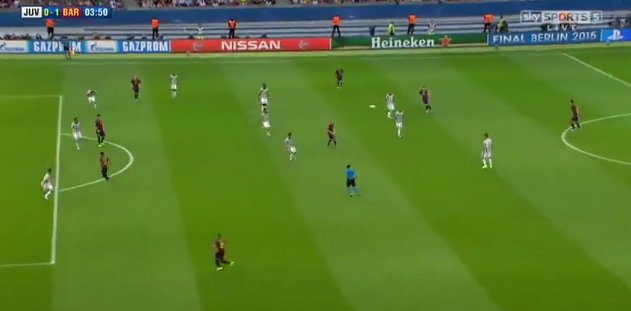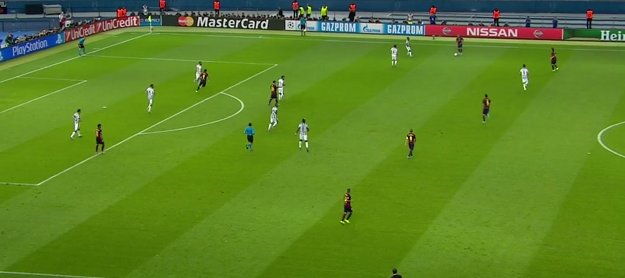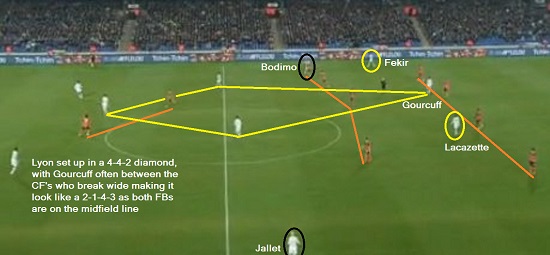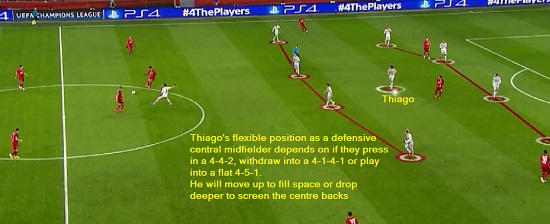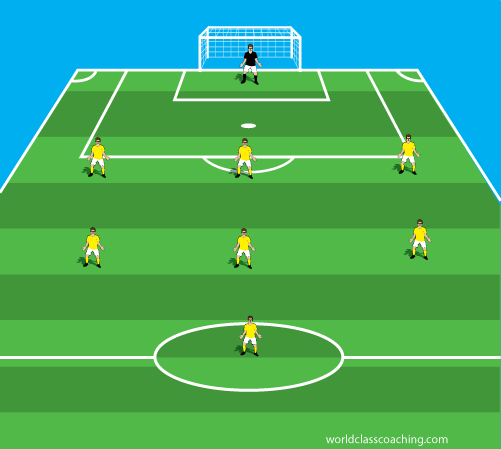By Alex Trukan
Building up from the back has been a buzzword in soccer over the last years. Some teams have applied it effectively, others, however, struggled to understand the purpose of it which has led to many misunderstandings around the topic. Building-up from the back has many variations and types, some involving more direct play using long passes into striker’s foot, some are based more around sequence of shorter passes and patient progress through the thirds (depending on the philosophy of the club, opposition characteristics, pressure applied or result). However, regardless of its variation, the main aim remains the same: transfer the ball into opposition’s half and start creating chances. Therefore, as coaches, it is important to remember, that if the opportunity for a direct pass into strikers arises, it should be taken as soon as possible. At the same time, it shouldn’t be the only option. In this article, some aspects of the more common way of a building-up from the back against medium pressure will be presented.
Central defenders in possession
When the goalkeeper is in possession, central defenders usually become first players available to receive, starting the build-up play. Therefore, they shouldn’t possess lower technical abilities than midfielders or strikers. Unfortunately, that is often neglected and has negative effects on the
Continue reading
